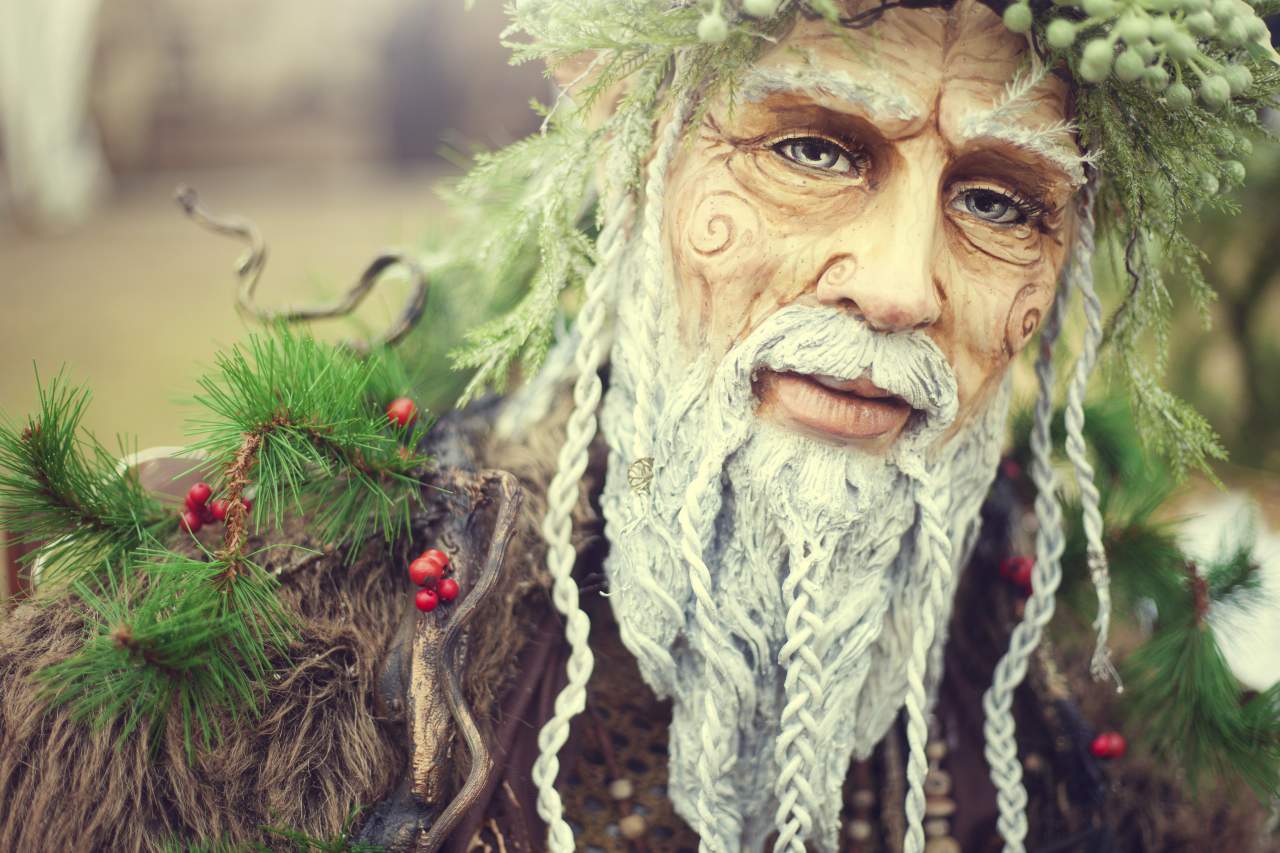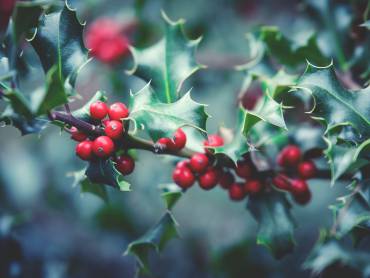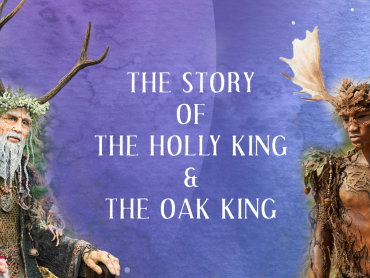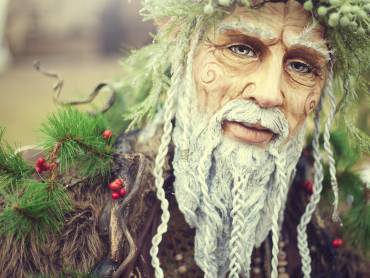In the Vana Grimoire series, we share tips and background information on pagan festivals, recipes, mythologies, history and other worth knowing subjects that are related to our events. This time we will dive into the pagan festival Yule and setting up your own Yule altar at home.
The midwinter festival Yule
The Castlefest Winter Edition was mere days away. The pagan festival Yule plays an important part within the program of our Winter Edition. As you read in the first Yule-blog: During Yule, we celebrate the rebirth of light, as days will get longer and the sun will make its return. Yule, also known as the Yuletide or Yule season, has its origin from the old Norse word hjöl, which means rad or wheel.
This wheel usually has eight spokes and is constantly moving. All annual pagan festivals, like Yule, but also Beltaine (around the time of Keltfest) and Lughnasadh (during Castlefest) are in this cycle. This cycle doesn't have a beginning or an end.
During these darker days, everything moves slower and things feel heavier. You might even recognise this feeling? This is why Yuletide is the perfect time to reflect, rest and prepare for the return of light in spring. To still have some warmth and light around, we bring lights and candles into our houses. Candles also help us to honour the element of fire and to keep the warmth close. During the Castlefest Winter Edition, we love to celebrate the return of light with you during the Yule Ritual. Therefore we asked you all to bring a candle with you, so we could spread the light and warmth together.
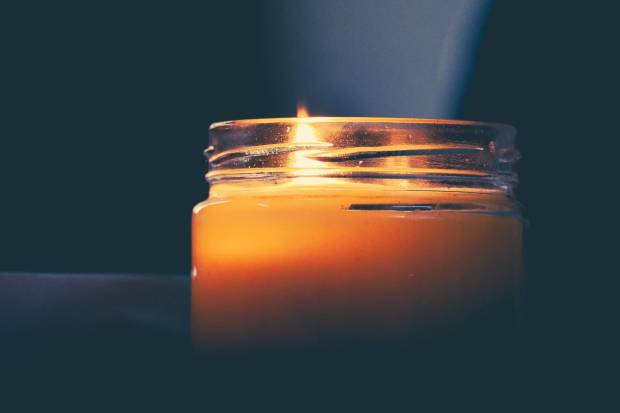
Decorate your own Yule altar
In preparation of Yule, we would like to give you some tips to decorate your own Yule altar. Ingrid, the Pagan Lady, has provided us with useful information about decorating altars.
Your altar needs to be decorated with elements that align with this seasonal festival; reflection, rest and the returning of the light. The sun has a prominent role in this. As the largest representation of warmth, the sun deserves an honourable place. However, the most important thing to keep in mind when setting up your altar, is to have a connection with everything you place on it.
Colours for your altar:
- Gold for the sun
- Silver for the moon
- Red for blood, which symbolises life
- Green for the new crops and nature coming back to life
- White for tranquility, snow, new beginnings and letting go
To honour all elements, you will need:
- A chalice or kettle for water
- A stone or evergreens for earth
- A Sword or athame and incense for air
- A staff, candles or a sun symbol for fire
Incense, herbs or oils you can use:
- Cedar for healing, protection and cleansing
- Pine for immortality. This tree symbolises the ability to handle setbacks with positivity and inner strength
- Cinnamon for the element fire, or the sun. When using this type of incense, you'll bring a feeling of warmth and cosiness into the room.
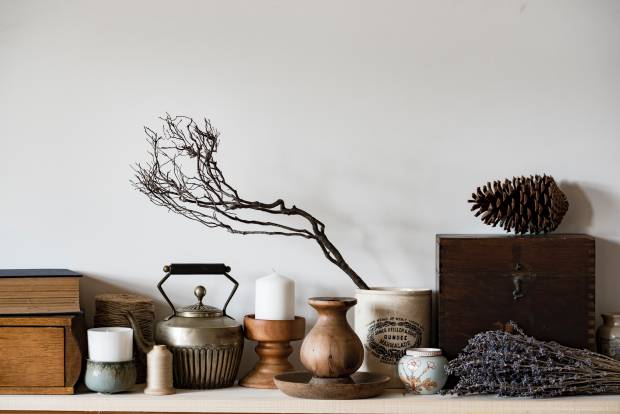
The finishing touch
In case you don't have incense, you can honour the elements in different ways. Pine cones or cinnamon sticks can be used on your altar. Oranges work perfectly as fruit from warmer regions in the colour of the sun.
In addition, you can decorate your altar however suits you. For example, you could add crystals and minerals. Citrine and cat-eye are very fitting for the Yuletide. But other stones that line up with your own personal needs can also be used. Do you honour a certain deity? You can add offerings that they require as well.
Did you decorate an altar already, or do you plan on making one? We’re curious to see how they turn out!
By Dewi van Zeggelaar
